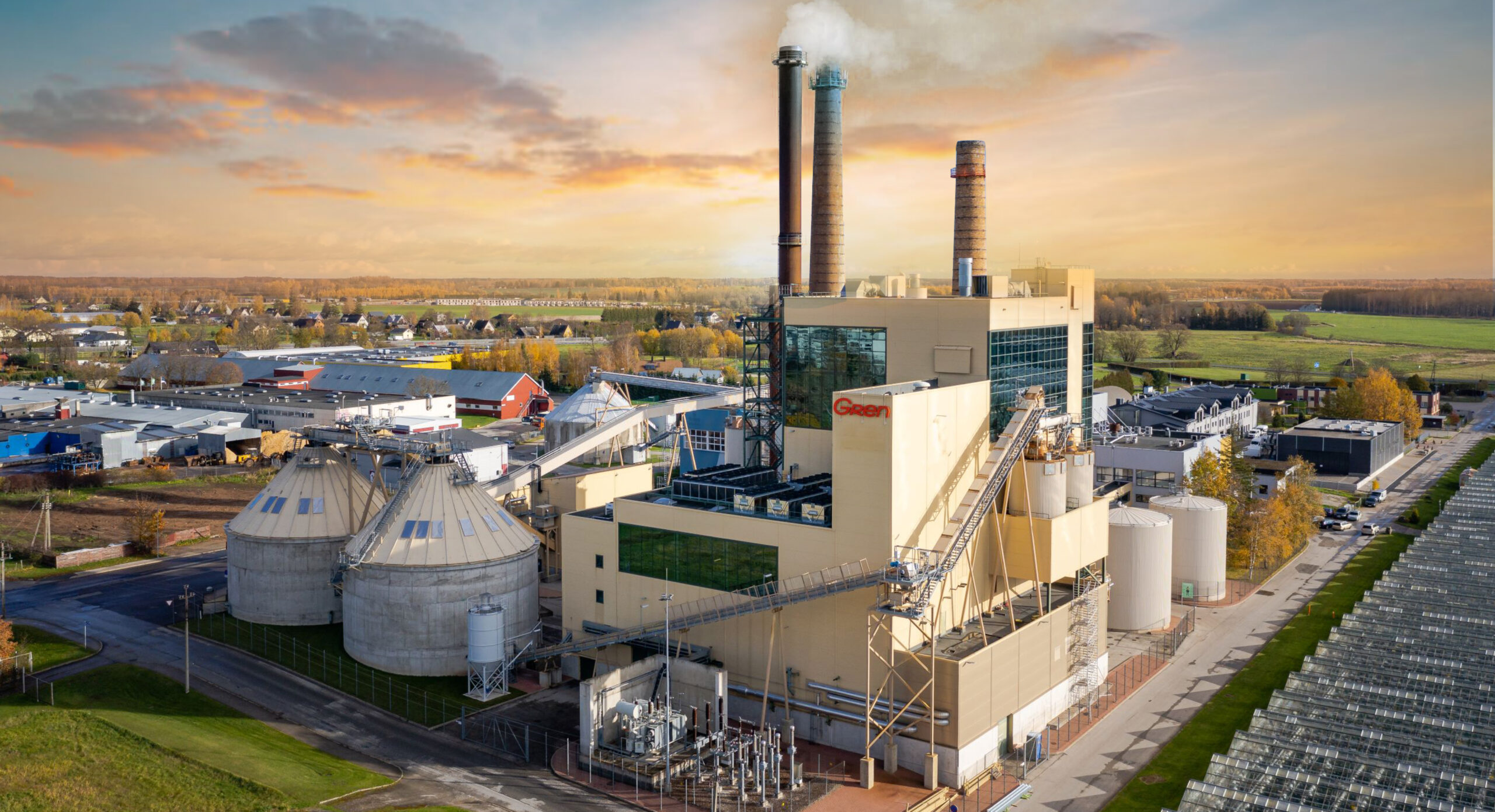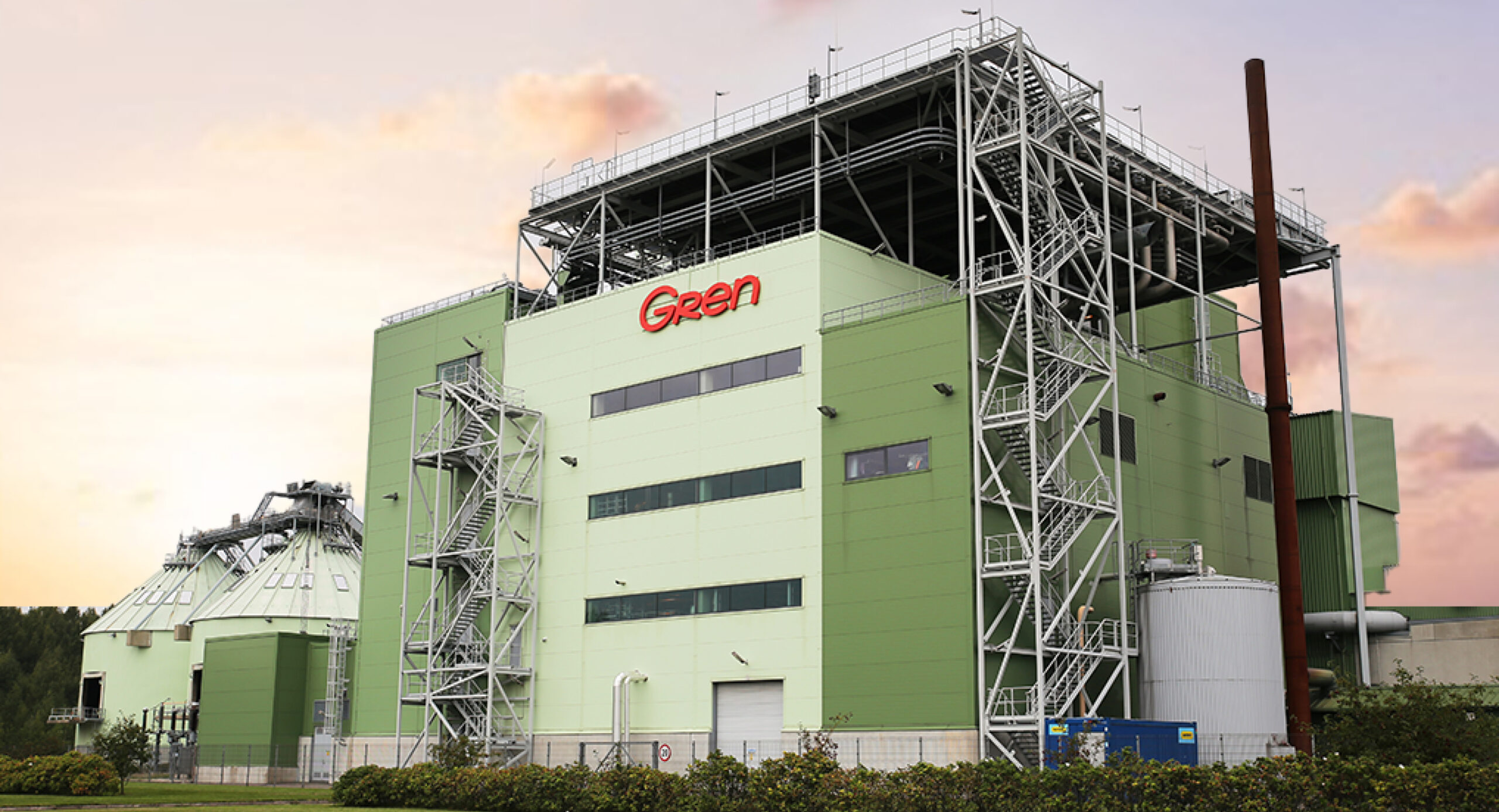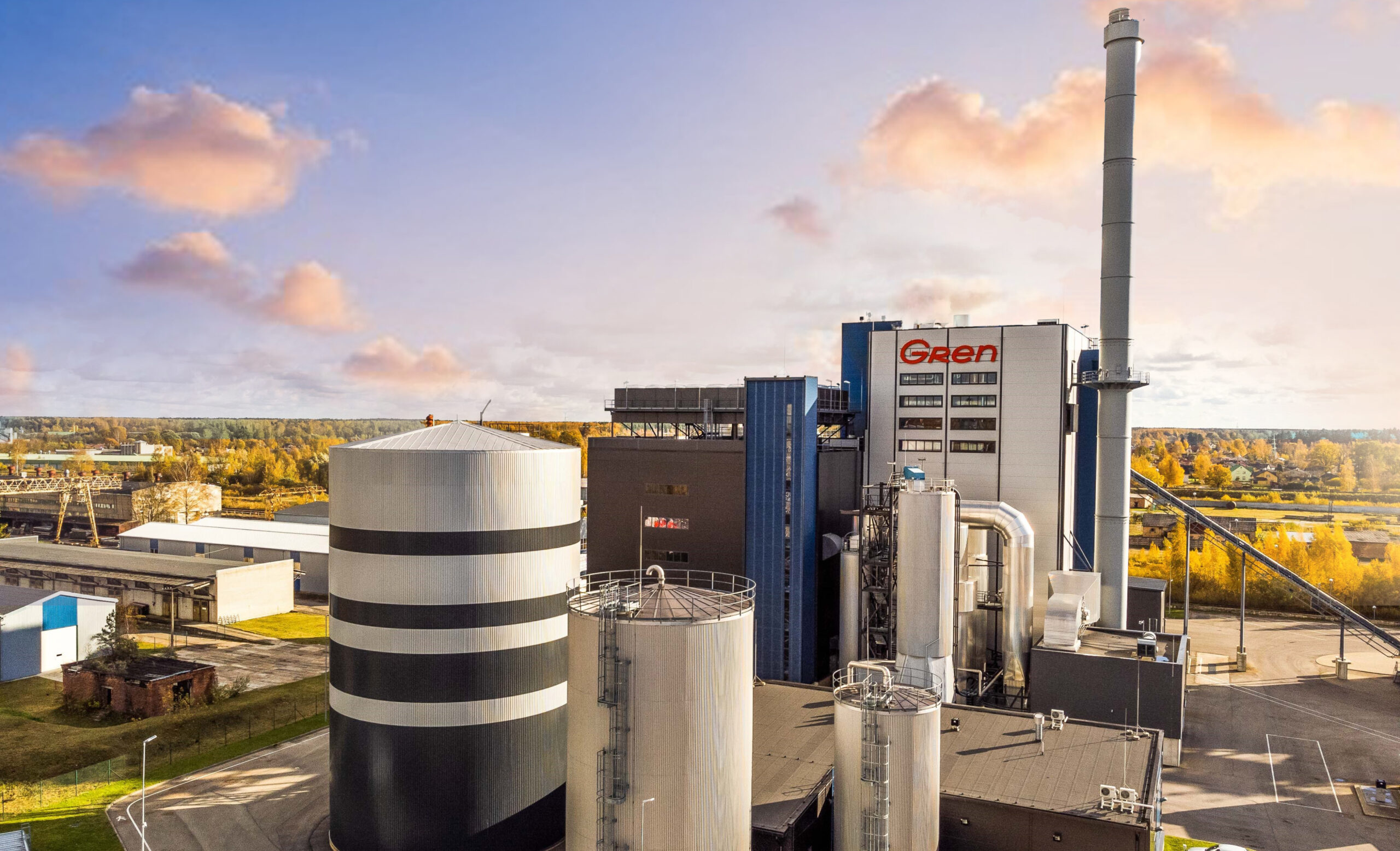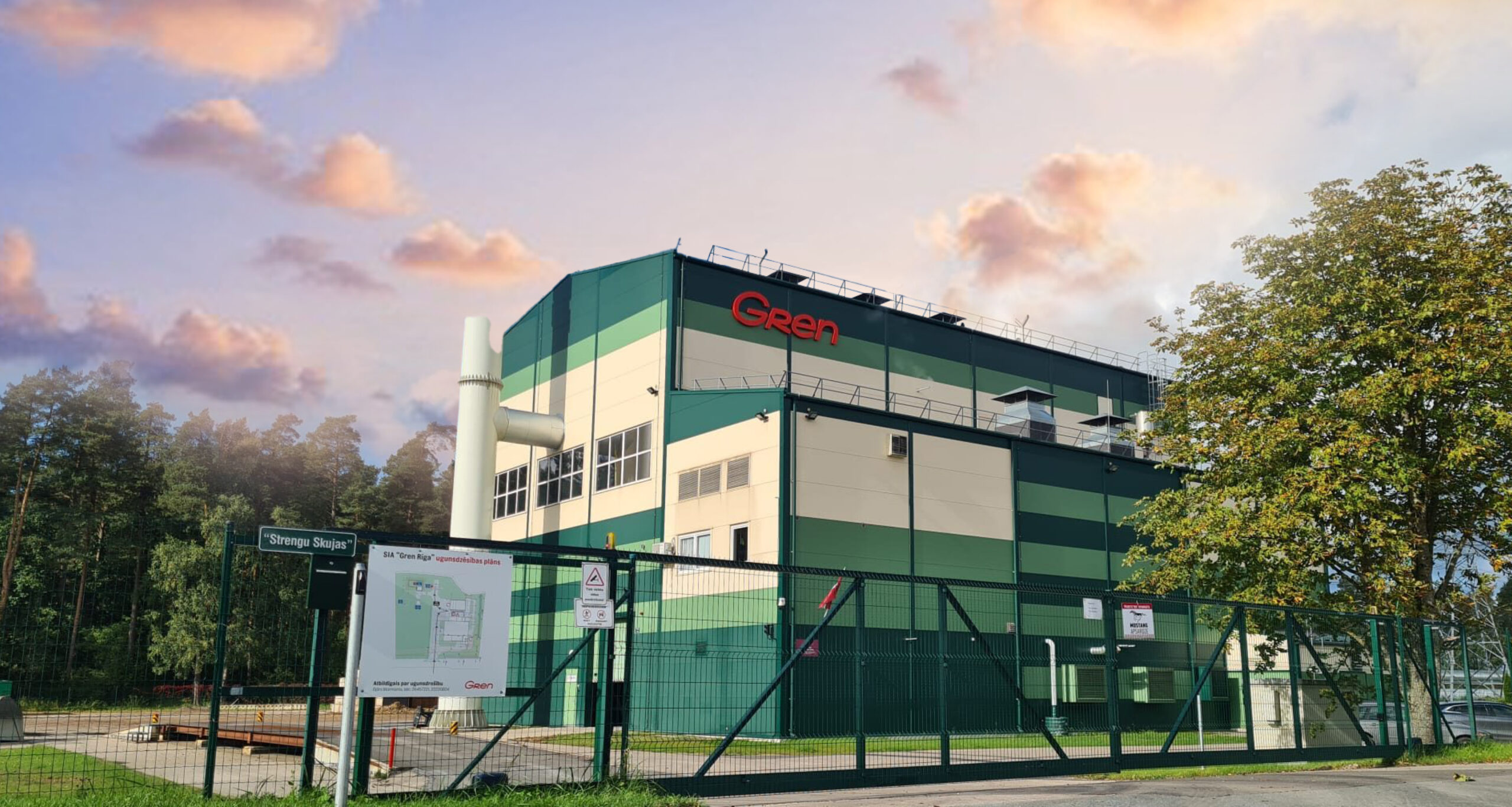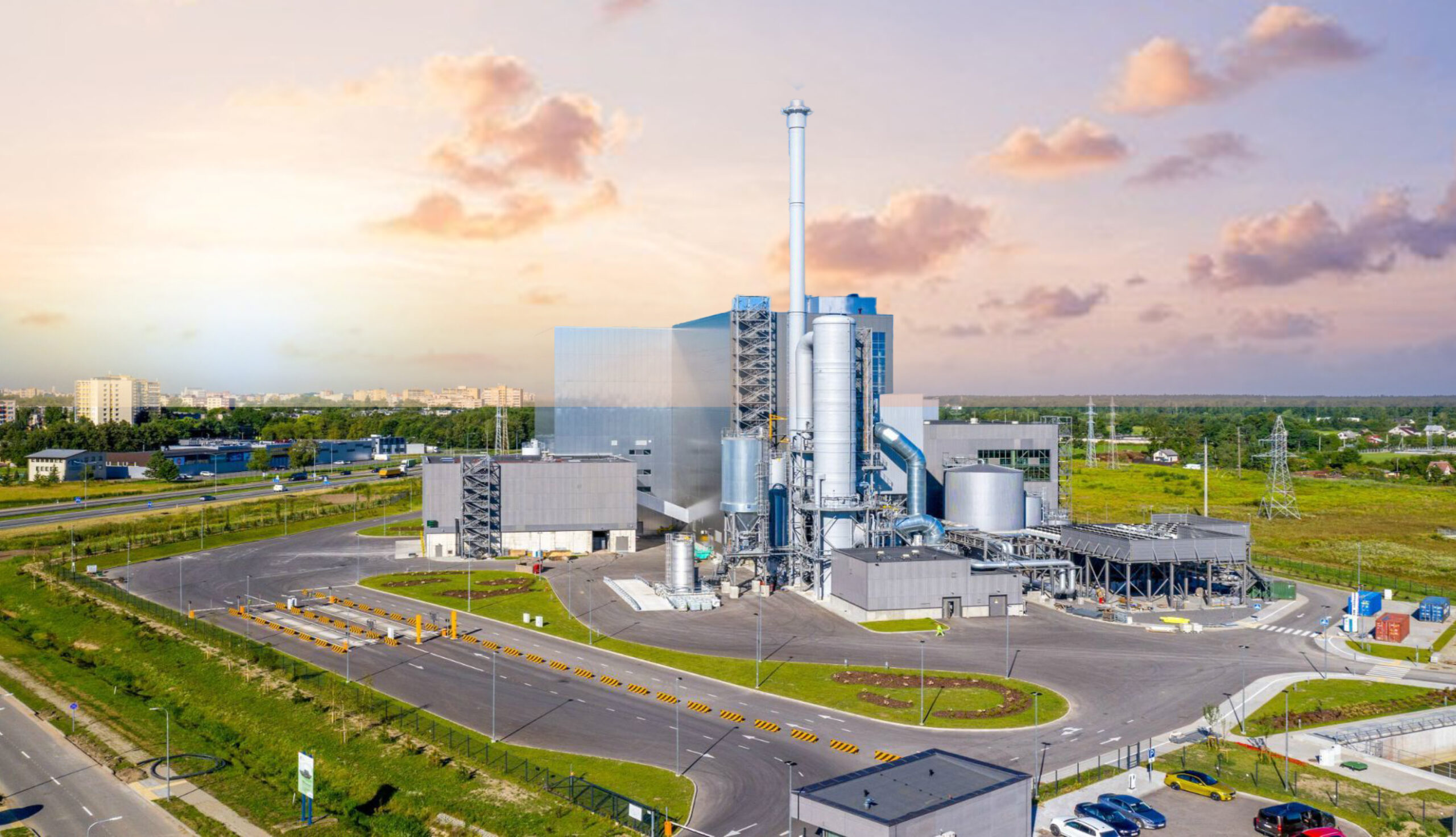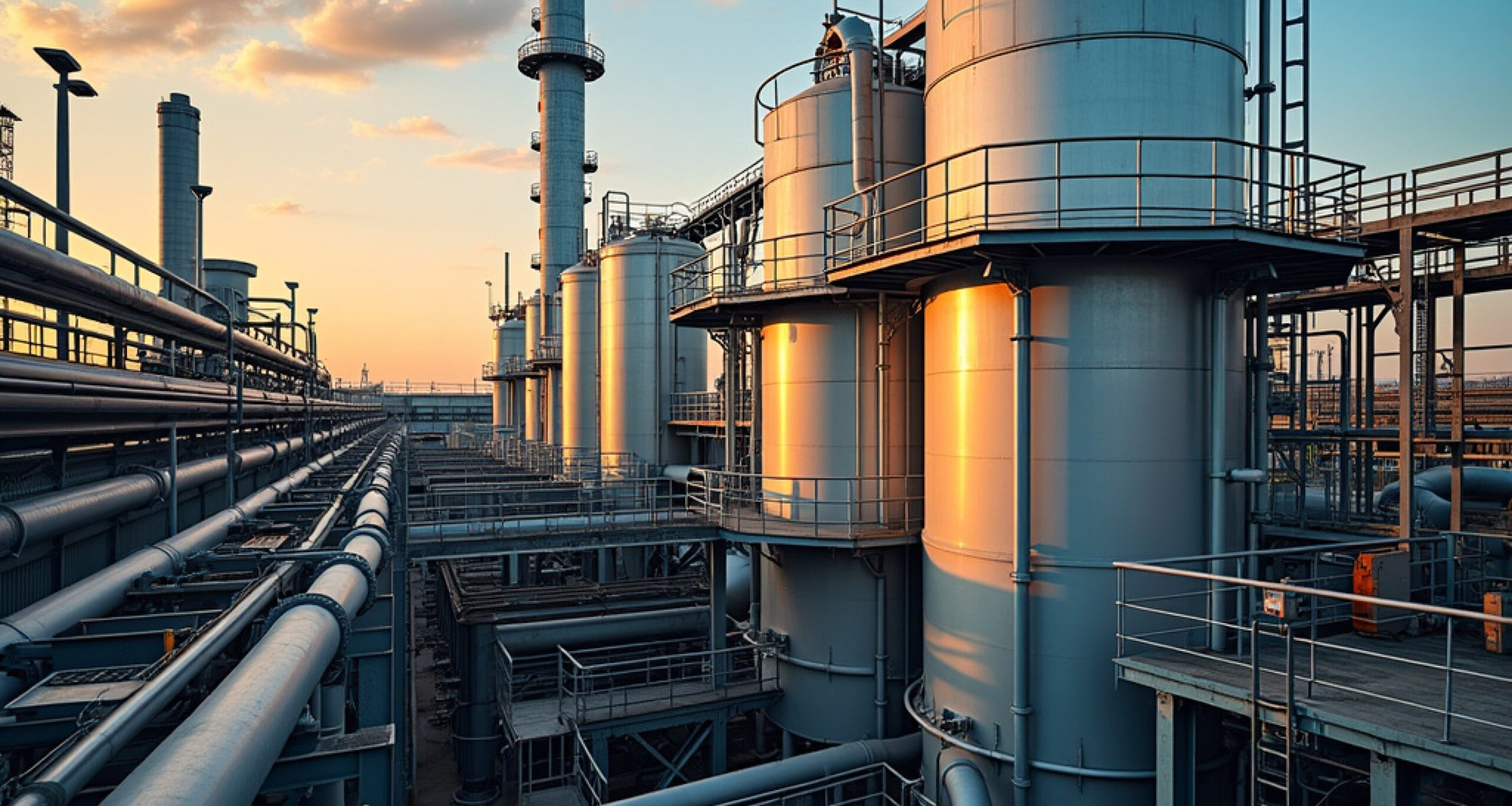Using biomass for heat and power – TartuOur biomass plant in Tartu generates heat and power using local wood chips and milled peat – much of the peat comes from our own peat deposits. The plant provides district heating to approximately 1,900 customers and 72,000 local people. Our plant is one of the most efficient and advanced systems in Estonia.
Our biomass plant in Tartu generates heat and power using local wood chips and milled peat – much of the peat comes from our own peat deposits. The plant provides district heating to approximately 1,900 customers and 72,000 local people. Our plant is one of the most efficient and advanced systems in Estonia.

